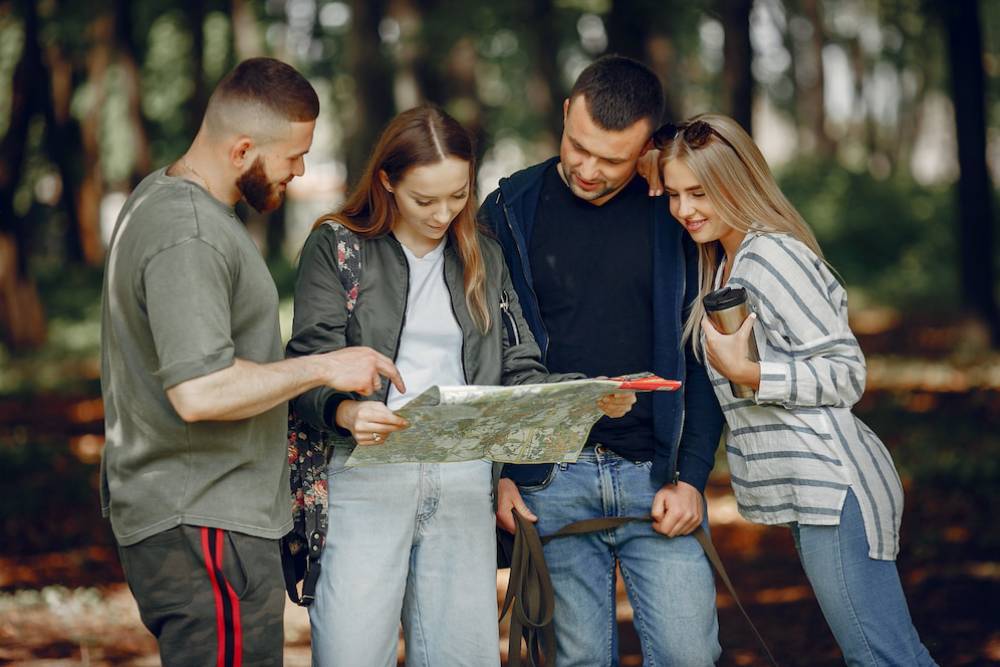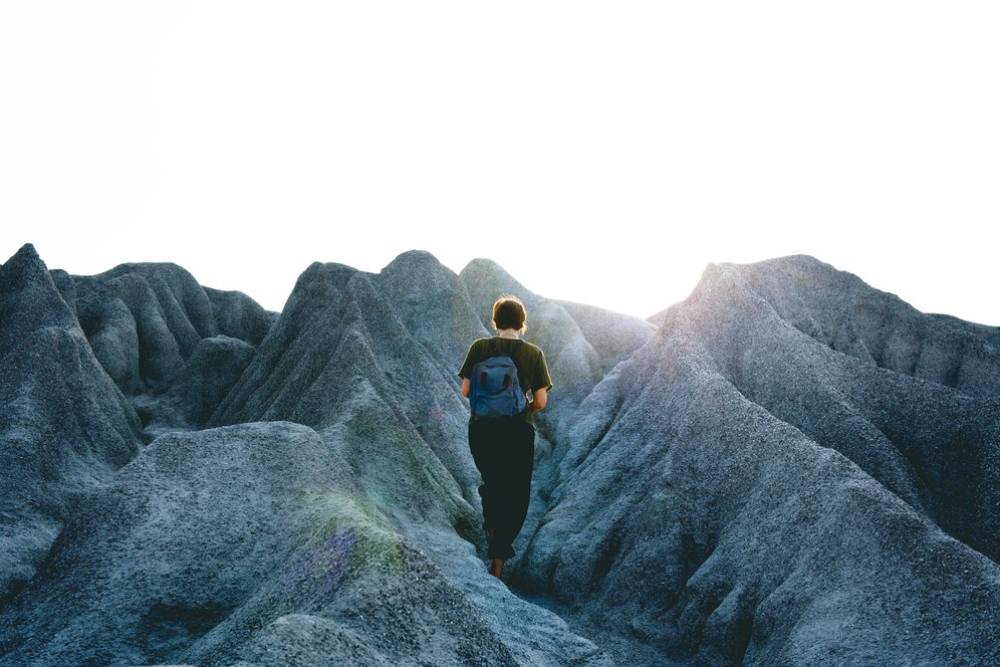
How to Prepare for Your First Mountaineering Expedition
As great as mountaineering can be, it is also physically, mentally, and emotionally challenging, and you need to keep that in mind as well as put in the time for preparation. Whether you are seeking a modest peak or an iconic summit, success and safety depend on your preparation. With the right training, gear, and planning, you will be ready to conquer your first mountain expedition, and this guide will help you with essential steps.
Pro Tip: Always train at altitude if possible. Spend time hiking at higher elevations to better prepare your body for the challenges of mountaineering.
Quick Guide:

- Train: Focus on strength, cardio, and hiking with a weighted pack.
- Gear: Invest in waterproof boots, insulated layers, and a climbing helmet.
- Nutrition: Pack high-energy snacks, electrolytes, and portable meals.
- Acclimatisation: Ascend slowly to prevent altitude sickness.
- Safety First: Have a contingency plan, carry a communication device, and always tell someone your itinerary.
Important Tip: Practice mental resilience by tackling difficult hikes and unpredictable weather conditions.
Step 1: Research and Plan Your Expedition
Choose Your Mountain
It is crucial to select a mountain that matches your skill level. Research different peaks and consider the altitude, difficulty level, and climate. Before advancing to more challenging and thrilling climbs, beginners should opt for non-technical mountains with established routes.
Study Weather and Terrain
Since the weather in the mountains can change quickly, research the usual weather during each season. Get to know the area, potential dangers, and emergency egress routes. Knowing about avalanches, river crossings and where rockfall is likely to occur will help you make better decisions in the field.
Set a Training Timeline
Your body requires time to adjust to the physical challenges of mountaineering. That means creating a training plan that lasts a few months, progressively increasing intensity to develop endurance and strength while factoring in at least one rest day per week to allow muscle recovery.
Step 2: Develop Physical and Mental Endurance
Strength and Cardiovascular Training
- Hiking with a weighted pack to simulate actual conditions.
- Running or cycling to improve cardiovascular endurance.
- Strength training focuses on the legs, core, and upper body.
- Flexibility exercises to enhance agility and prevent injuries.
- Stair climbing with a loaded backpack to simulate steep ascents.
- Balance exercises to improve stability on uneven terrain.
Mental Preparation
- Develop resilience by practising long hikes in varying weather conditions.
- Learn basic survival skills and navigation techniques.
- Cultivate patience and adaptability to handle unforeseen circumstances.
- Practice visualisation techniques to mentally prepare for the challenges ahead.
Step 3: Assemble Essential Gear
Having the right equipment ensures safety and comfort. Invest in quality gear suited for your specific climb.
Essential Mountaineering Gear
- Climbing Boots: Waterproof and insulated with a good grip.
- Clothing Layers: Base layers for moisture-wicking, mid-layers for insulation, and waterproof outer layers.
- Climbing Helmet: Protects against falling debris.
- Harness, Ropes, and Carabiners: Essential for technical climbs.
- Ice Axe and Crampons: For snowy and icy terrains.
- Navigation Tools: Map, compass, and GPS device.
- First Aid Kit: Includes altitude sickness medication.
- Emergency Shelter: A lightweight bivy sack or emergency tent.
- Headlamp with extra batteries: For navigating in low-light conditions.
Test Your Gear
Before your climb, familiarise yourself with your equipment. Practice setting up your tent, cooking with your stove, and using climbing tools. Conduct trial hikes wearing your full gear to ensure comfort and functionality.
Step 4: Learn High-Altitude Survival Techniques
Acclimatisation Strategies
- Follow the “climb high, sleep low” principle.
- Ascend gradually, allowing your body to adjust.
- Stay hydrated and maintain proper nutrition.
- Plan rest days at key elevation points to help with acclimatisation.
Recognising Altitude Sickness
Watch for symptoms like headaches, nausea, and dizziness. If symptoms persist, descend immediately. Carry medications such as acetazolamide as a preventive measure, but do not rely on them alone.
Step 5: Plan Your Nutrition and Hydration
Meal Planning
- High-calorie foods like nuts, energy bars, and dehydrated meals.
- Balanced meals with carbohydrates for sustained energy.
- Portable snacks for quick refuelling.
- Electrolyte supplements to replace lost minerals.
Hydration Strategies
- Carry a reliable water filtration system.
- Drink frequently, even if you don’t feel thirsty.
- Avoid excessive caffeine and alcohol.
- Use insulated water bottles to prevent freezing in cold conditions.
Step 6: Safety and Risk Management
Emergency Preparedness
- Know your evacuation routes in case of an emergency.
- Carry a communication device like a satellite phone or radio.
- Train in basic first aid to handle minor injuries and altitude-related issues.
- Develop a contingency plan in case of unexpected weather changes or injuries.
- Inform someone of your itinerary and estimated return time.
Frequently Asked Questions (FAQs)

1. How long does it take to train for a mountaineering expedition?
Training time varies depending on fitness levels, but a minimum of three to six months is recommended. Beginners should focus on endurance, strength, and technical skills before attempting a climb.
2. What is the best season for a beginner’s climb?
Spring and summer are ideal for beginners, as weather conditions are more stable. However, check the specific mountain’s seasonal patterns before planning your trip.
3. How do I prevent altitude sickness?
Acclimatize gradually, stay hydrated and listen to your body. If symptoms worsen, descend immediately. Proper nutrition and avoiding alcohol before and during the climb can also help.
4. Can I go mountaineering alone as a beginner?
It is highly recommended to join a guided expedition or go with experienced climbers for your first ascent. Having knowledgeable companions increases safety and provides valuable learning experiences.
5. What should I do in case of bad weather?
Always check weather forecasts before your trip. If conditions become unsafe, descend and seek shelter. Have a backup plan and know the signs of incoming storms.
6. What are the biggest mistakes first-time mountaineers make?
- Underestimating the difficulty of the climb.
- Packing either too much or too little gear.
- Ignoring signs of altitude sickness.
- Not having a solid contingency plan.
- Failing to train adequately before the climb.
Reaching New Heights: Your Journey to the Summit

Embarking on your first mountaineering expedition requires dedication, preparation, and respect for the mountains. You can safely experience the thrill of reaching new heights with the proper training, equipment, and mindset. Start planning today and take the first step toward an unforgettable adventure! Each climb is not just about reaching the summit—it’s about the journey, the lessons learned, and the personal growth you achieve along the way. Happy climbing!


